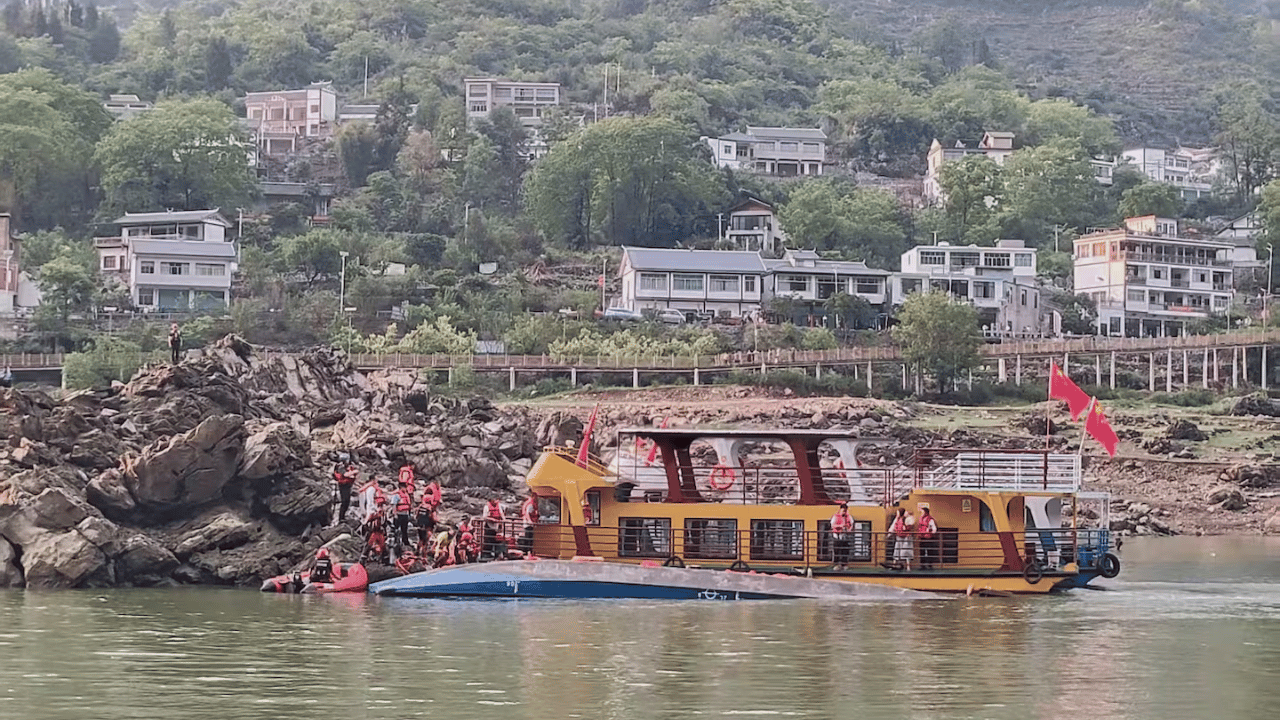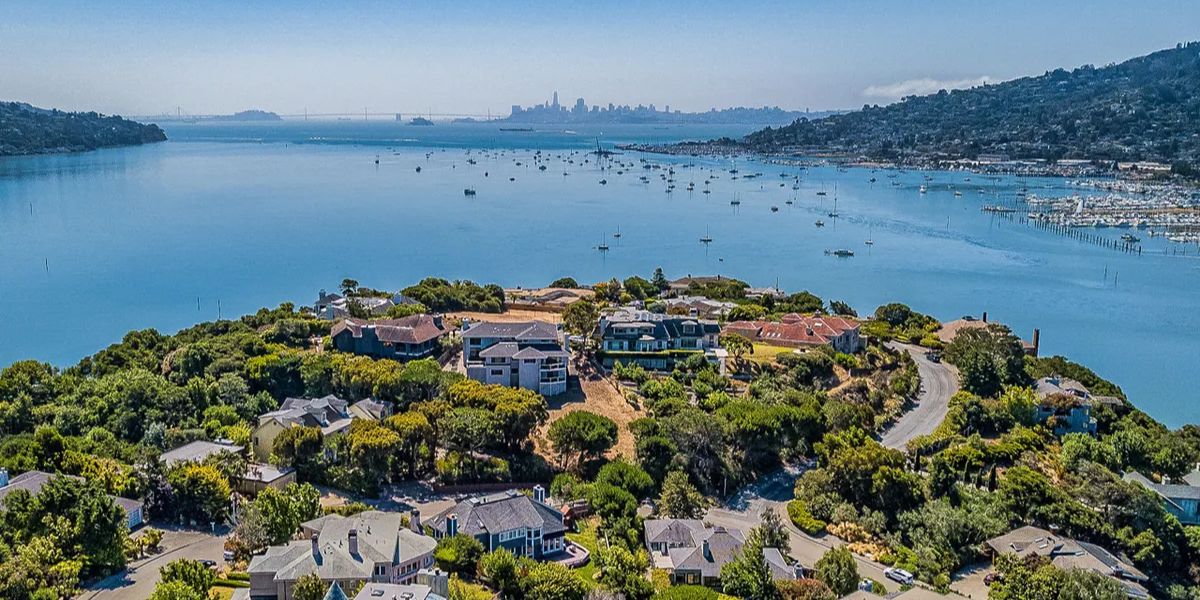A tragic incident unfolded on Sunday afternoon in southwestern China, where four tourist boats capsized in a sudden storm, resulting in 10 fatalities.
The incident took place in Guizhou province, a popular tourist area known for its beautiful mountains and rivers.
According to state media, over 80 people fell into the Wu River, a tributary of the Yangtze, when strong winds, rain, and hail suddenly struck the region.
In one shared video, a man was seen performing CPR on an individual, while one of the capsized boats drifted upside down.
Initially, reports suggested that only two boats had capsized, but it was later confirmed that four boats were involved in the accident.
Two of these boats had no passengers, and the seven crew members on board managed to escape unharmed. State broadcaster CCTV reported that seventy individuals were hospitalized, though most of them only suffered minor injuries.
The incident occurred during a five-day national holiday in China, which saw many people traveling across the country.
Guizhou’s scenic rivers and mountainous landscapes attract a significant number of tourists each year. The storm, which struck the upper reaches of the river, caught many by surprise.
Eyewitnesses recalled that the storm came on suddenly, and a thick mist made it difficult to see the water’s surface. Some survivors managed to swim to safety despite the deep waters.
In response to the tragedy, Chinese President Xi Jinping called for urgent efforts to locate the missing and provide care for the injured.
The official Xinhua News Agency reported on Sunday that the president emphasized the need to strengthen safety measures at tourist sites, public venues, and residential areas, especially during holiday periods when large crowds are present.
CCTV confirmed that the capsized boats, each with a maximum capacity of about 40 people, were not overcrowded. This incident highlights the importance of improving safety protocols, particularly in high-risk tourist areas.
Disclaimer- Our team has thoroughly fact-checked this article to ensure its accuracy and maintain its credibility. We are committed to providing honest and reliable content for our readers.






